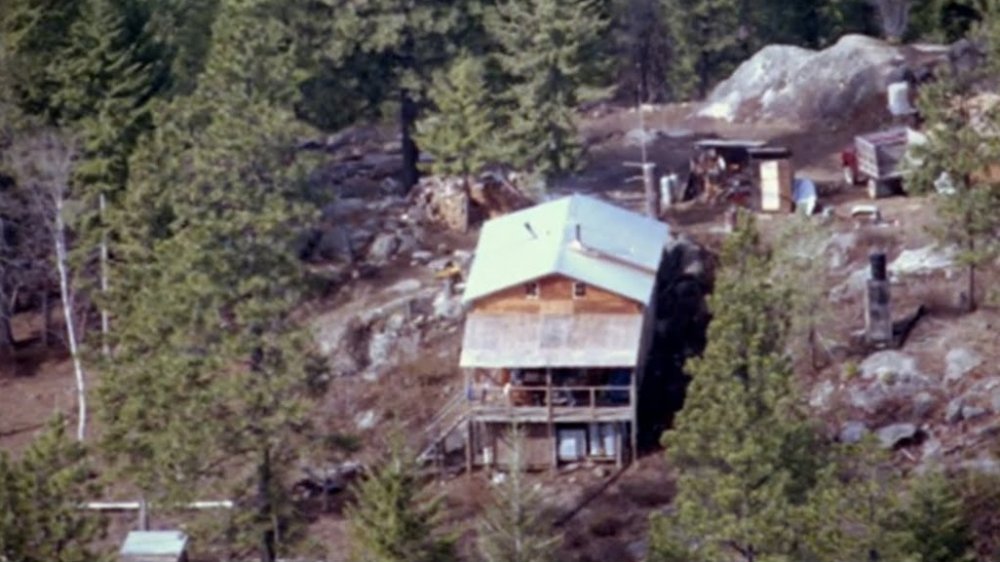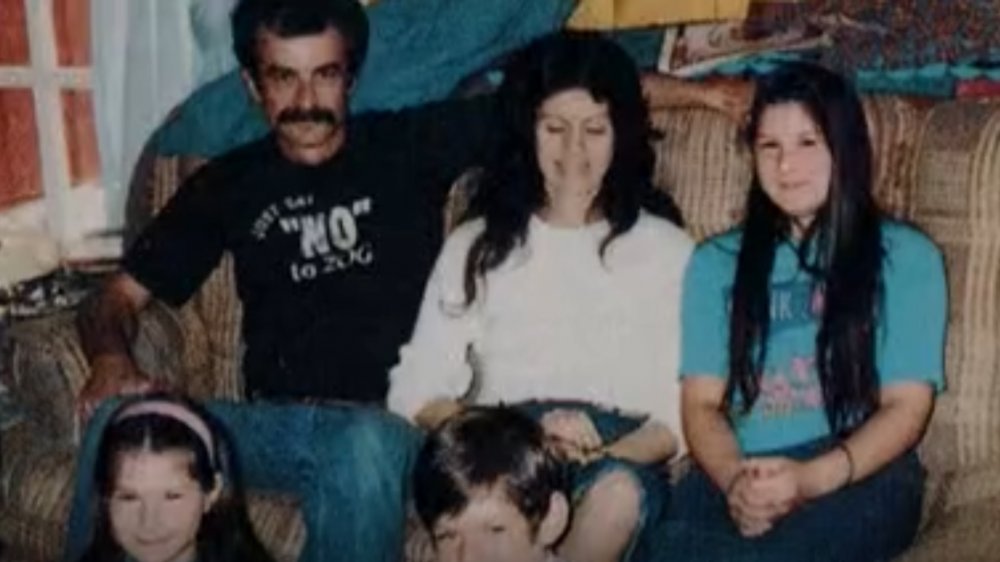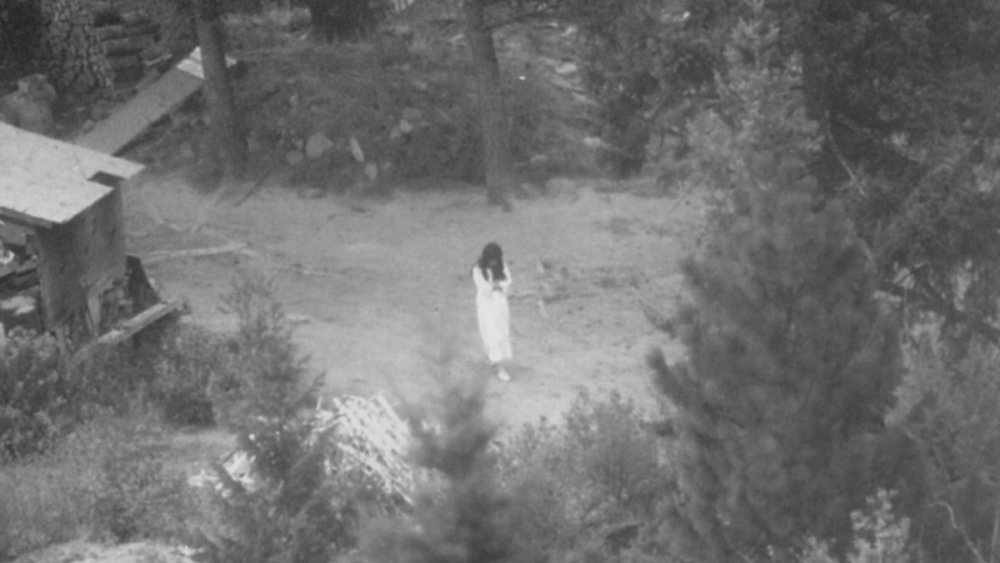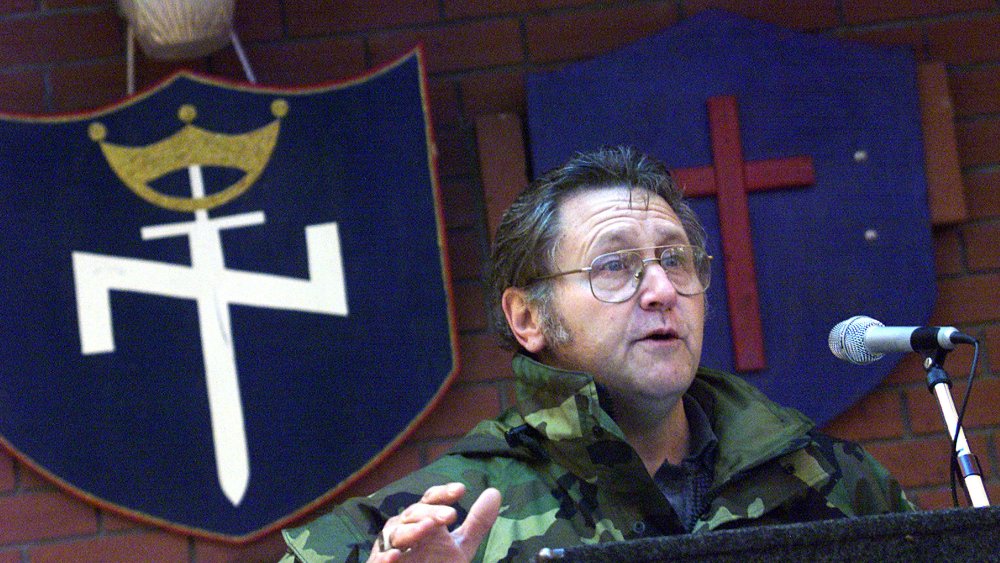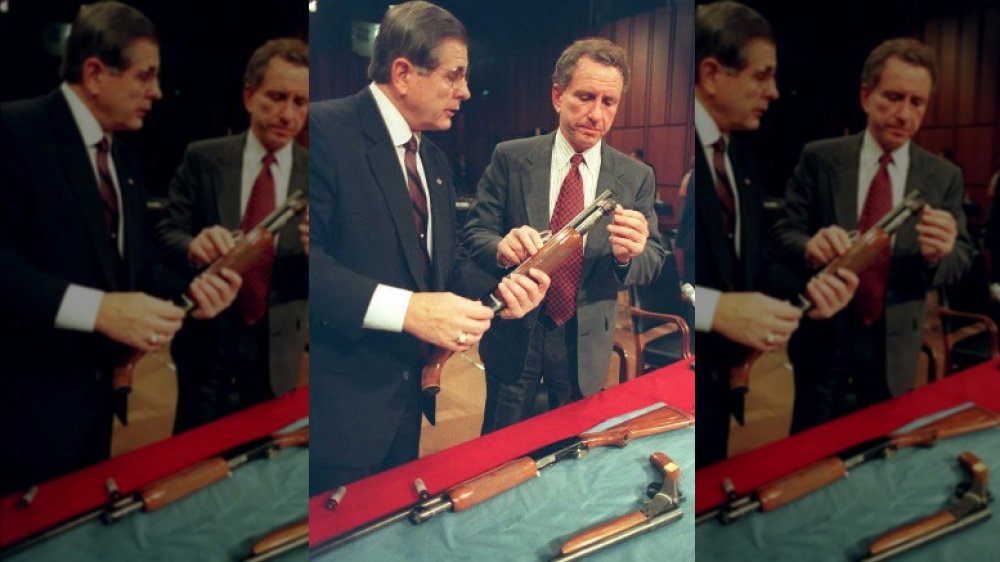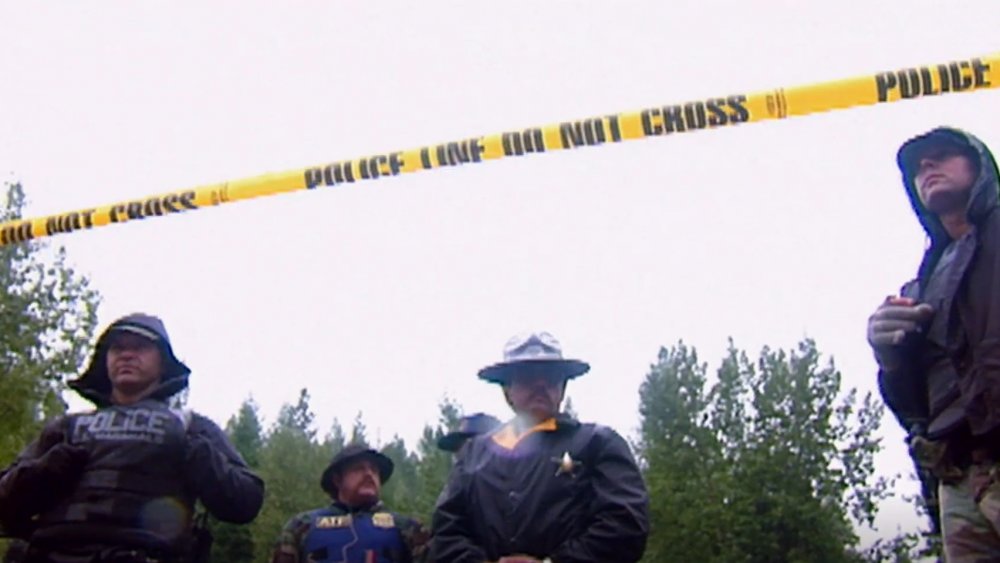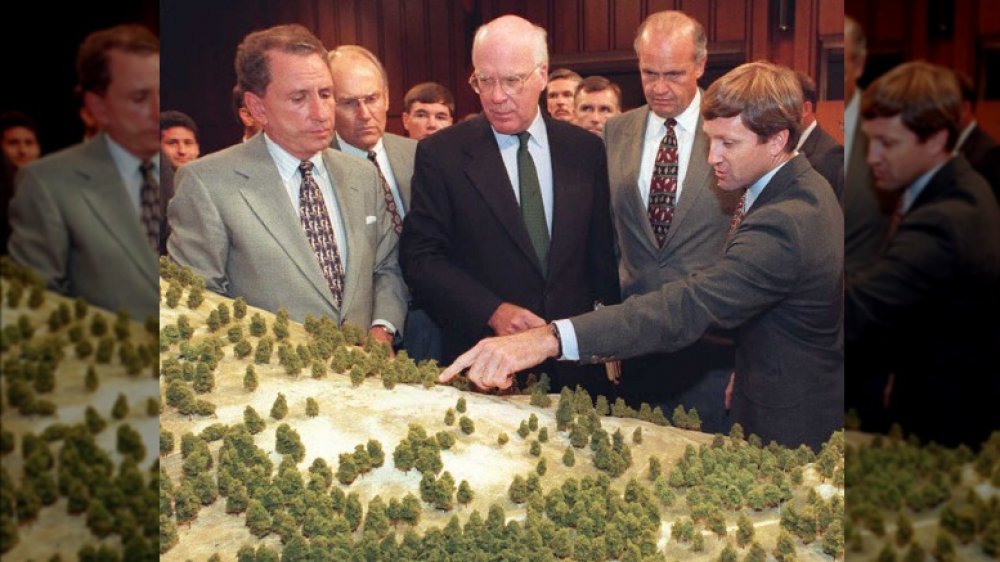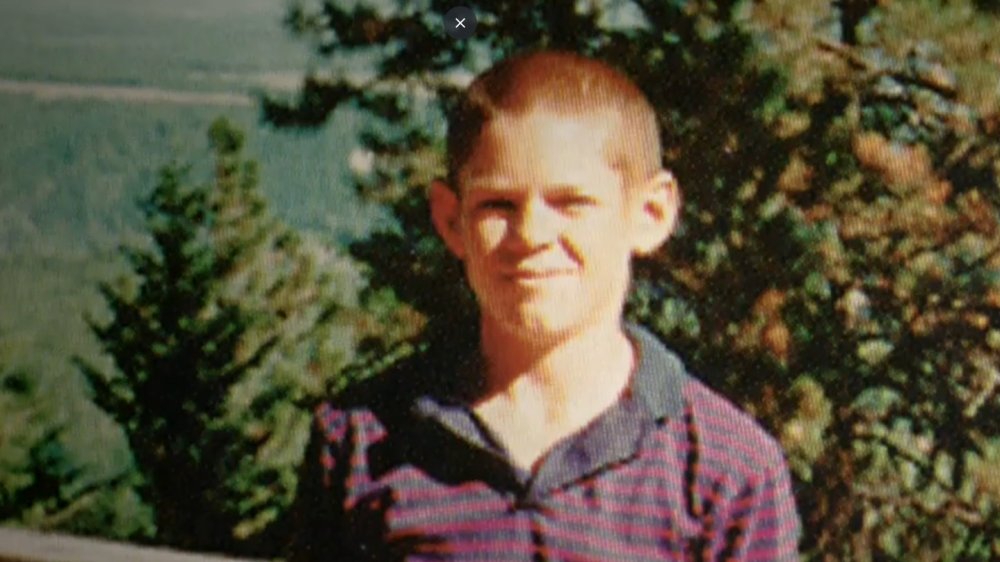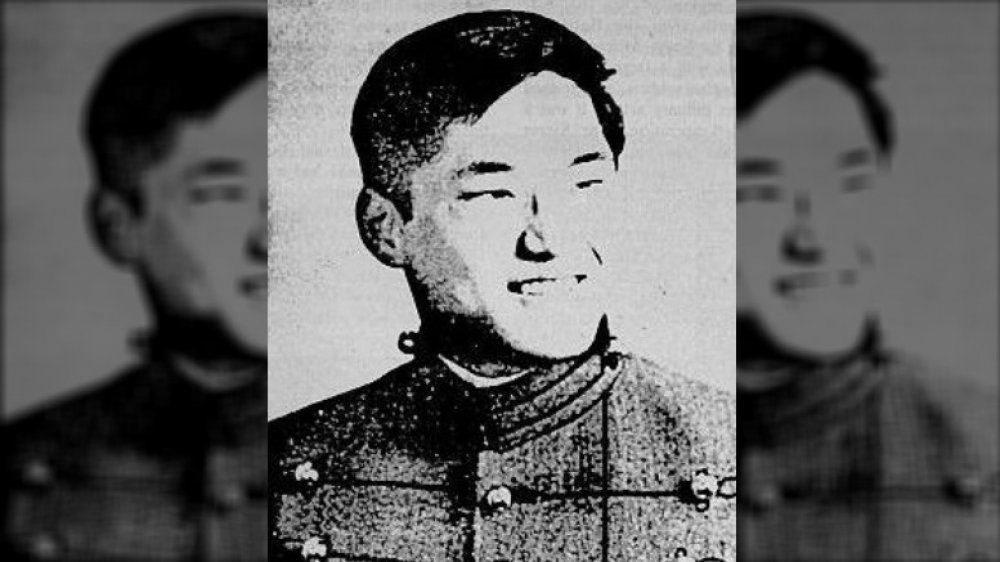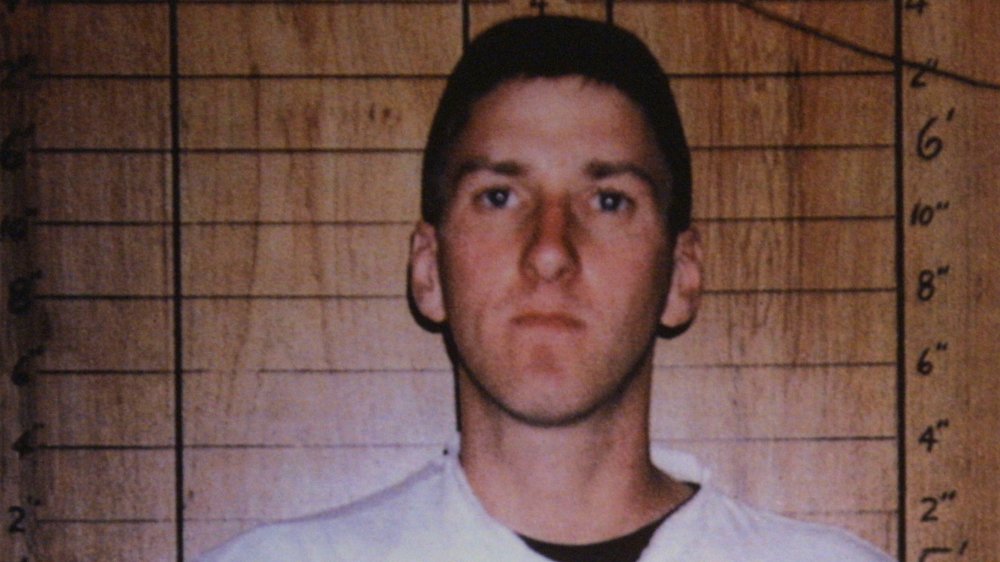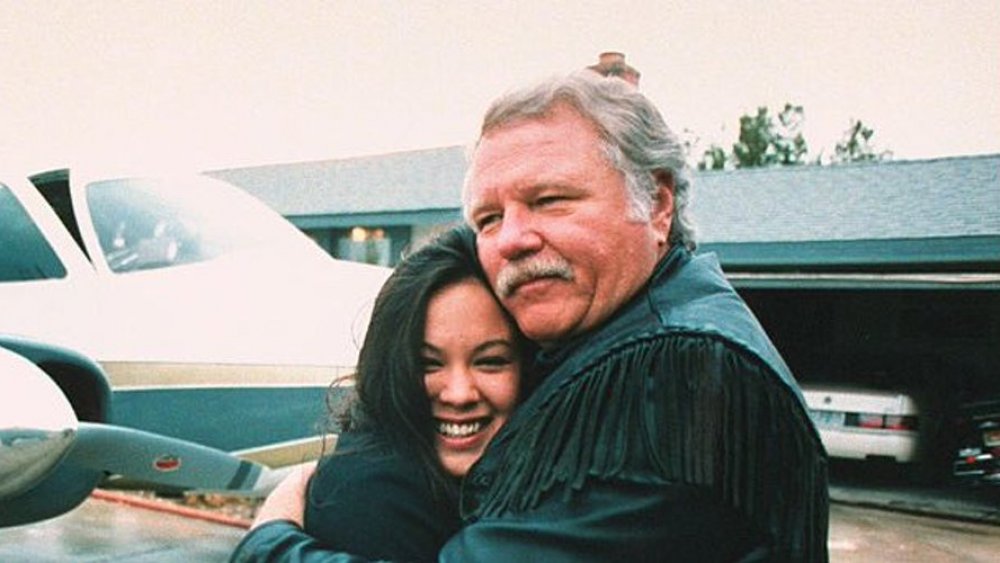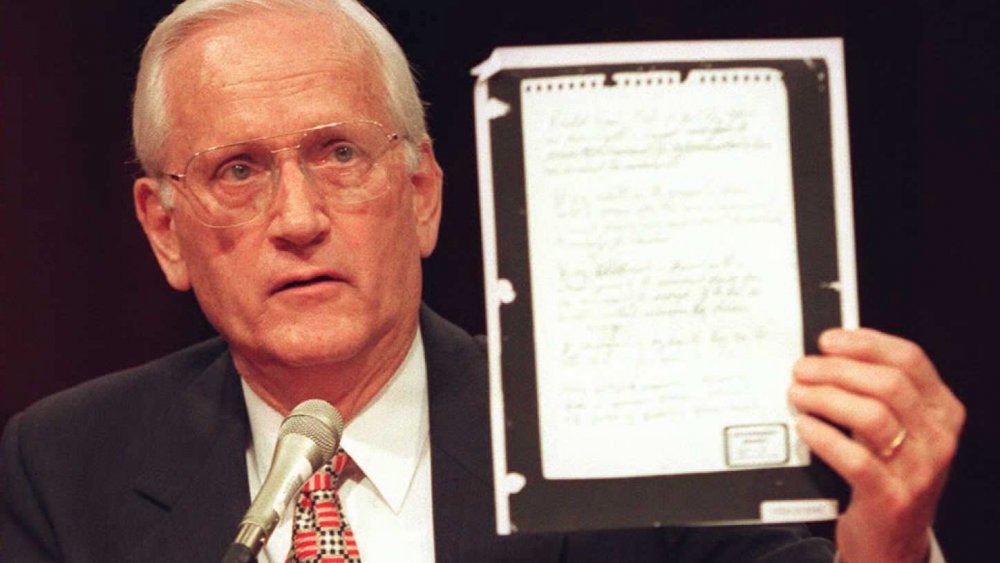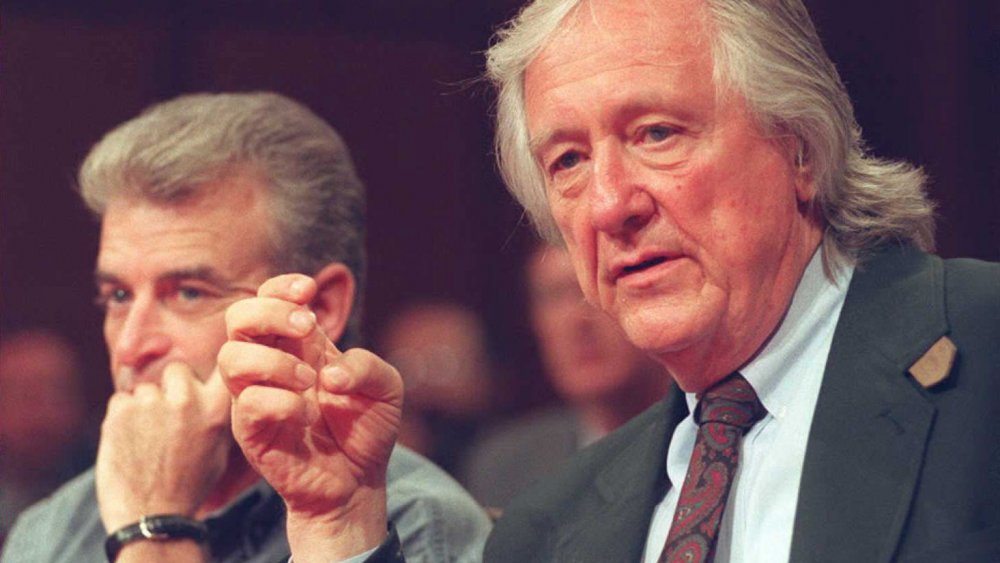The Ruby Ridge Standoff Was Worse Than You Think
In the 1980s and 90s, an anti-government movement, primarily made up of people with strict religious beliefs, far-right political opinions, or both, began to sense their ideals were getting further away from those of the mainstream. So, they opted to withdraw from the public and establish tightly-knit communities, often in far-flung rural areas.
While these groups were often eyed suspiciously by the federal government, one agency in particular wanted to keep a close watch. The Bureau of Alcohol, Tobacco, and Firearms (ATF) were very attentive to the large numbers of guns these communities tended to possess.
This led to a feedback loop where the government spied on these groups, which made the groups more paranoid and anti-government, and thus the government viewed them as being more suspicious and spied on them more. It was a powder keg waiting to explode, and the match was lit during an 11-day standoff between one family and the government in 1992 at Ruby Ridge.
An American family
At the beginning of the 1980s, Randy and Vicki Weaver were just another married couple living in Iowa and starting their little family. They were both religious, and as the years went by, they had come to believe the world was a bad place that was only getting worse. In her writings, Vicki had described society as becoming "corrupt," and she and Randy both became drawn to far right and apocalyptic ideals.
One book Vicki was particularly fond of was The Late, Great Planet Earth, according to Famous Trials. Written by Hal Lindsey, the book was effectively a literal interpretation of the Biblical book of Revelation tied to then-current events, claiming these events seemed to confirm the end times the Bible prophesied were on their way, and would happen soon. It was massively popular and brought relatively esoteric concepts that had typically been reserved for fire and brimstone Christians, like the Rapture and the Antichrist, into the secular mainstream for the first time.
In 1983, the Weavers packed up their belongings and moved to a place in rural Idaho, just 40 miles south of the Canadian border, known as Ruby Ridge. Vicki claimed to have dreams and visions of the family living on a mountaintop, and that's just what they did. They built a cabin with no running water or electricity and began living off the land. Eventually, they were raising four children by themselves on their isolated property.
Randy Weaver's kill zone at Ruby Ridge
Randy Weaver had a bit of a history. He was an Army vet who worked as an engineer, served three years, and was honorably discharged, so he was familiar with firearms and owned several even before the family's move to Idaho. Weaver was known for bragging to a local paper about a "kill zone" around his property — anyone within a 300-yard radius around his home without his permission would be fired upon, according to Famous Trials. While he never actually attacked anyone like this, he was very open about, and seemingly fond of, telling people about it.
After a property dispute with a neighbor in Ruby Ridge, the neighbor went to the Boundary County sheriff, their local law enforcement, and said Weaver had made verbal, violent threats against President Ronald Reagan and the governor of Idaho, among others. This eventually led to the Secret Service interviewing Weaver, something he was very unhappy about and made him even more reclusive and angry at the government.
Vicki Weaver was also very prolific about sending out letters to law enforcement and any government agencies, threatening violence against them if they tried to trespass on the Weaver's property or take any action against the family, even before the lead-up to the Ruby Ridge standoff. She was particularly concerned about any authority figures who might come and try to take her children, and this was a frequent refrain in the letters she sent.
Keeping an eye on white supremacy
One of the biggest federal operations going on in Idaho during the 80s and early 90s was very close surveillance of a group called the Aryan Nations. You might have heard of them — they're still around today — but if you haven't, just know they're a white supremacist group and actual Neo-Nazis, if you couldn't guess from the name. They're something called Identity Christians, who believe white people are the true descendants of the Biblical Israelites, according to the Southern Poverty Law Center. It goes without saying, of course, there is zero historical or genetic evidence to back this up in the slightest.
Randy Weaver had attended multiple Aryan Nations meetings, which brought him to the attention of the ATF, who were concerned that the Aryan Nations, who collectively owned a great many guns, might one day turn into a major right-wing terrorism threat. The ATF had planted undercover informants in the Aryan Nations to keep an eye on them, according to Famous Trials. While Weaver did attend Aryan Nations meetings, and was a confirmed white supremacist, it is worth noting he was never actually a member of the Aryan Nations, according to Britannica.
During these meetings, Weaver met a man calling himself Gus Magisano, but who was actually an ATF informant named Kenneth Fadeley. Weaver and Fadeley became acquaintances and met several times over a period of three years.
The friend who wasn't
In October of 1989, Randy Weaver and Kenneth Fadeley had a conversation where Weaver admitted he was having money problems and discussed how he felt that war with the Soviet Union was inevitable. At some point in the conversation, the two men struck a deal. Weaver would sell Fadeley two sawed-off shotguns that were actually five inches shorter than the federal limit for sawed-offs. It's not clear who proposed the deal, and both men blamed each other. This was important because, if Fadeley had been the one to propose it, then what followed could have been considered entrapment.
Regardless, Weaver sold him the guns two weeks later, and not long after that, the ATF came down on Weaver. But they, too, had a deal for him. He could become an informant against the Aryan Nations and they would drop the illegal gun sales charges, according to Britannica. Already staunchly anti-government, Weaver naturally refused their offer and even told the Aryan Nations about it, according to Famous Trials.
The federal government thus did charge Randy Weaver with the selling of illegal guns. As someone who was already paranoid and angry at the government, you can imagine just how much worse this made things between the feds, Randy Weaver, and the far-right extremists living in northern Idaho at the time.
Randy Weaver's failure to appear in court
Randy Weaver wasn't the kind of guy who would willingly turn himself in, so the ATF hatched a plot to capture him that was straight out of a sitcom. In January 1991, three agents posed as stranded motorists near Weaver's home, and then they and the county sheriff arrested him and brought him in for arraignment when he approached. Weaver's court date was set for February 19, 1991 and he was released on bond. The court date would later be rescheduled for February 20, 1991 instead. However, a letter sent to Weaver by a probation officer mistakenly listed the date as March 20, 1991, according to Famous Trials.
February 20 came and went with no appearance by Weaver, so a new warrant was issued for his arrest for failure to appear in court. It's not certain Weaver would have appeared in court even if he did know the correct date, since that's the kind of person he was anyway, but it's an important detail and notes a further breakdown in trust between the government and the Weaver family.
Randy Weaver now had federal charges of making illegal gun sales and a failure to appear in court, and so the government began to very seriously consider how they would bring him in and have him stand trial. Vicki Weaver continued her letter-writing campaign, claiming they would make that very difficult for the government.
Assessing the threat at Ruby Ridge
The ATF decided capturing Randy Weaver was beyond their resources, so the U.S. Marshal Service was tasked with bringing him in, according to Famous Trials. They knew Weaver owned several guns, had made violent threats in the past, had associations with a known extremist group, and his wife had notoriously sent angry letters to the government for years. So, the U.S. Marshals and ATF concluded, in a way that might seem logical to most people but didn't quite hold up from a law enforcement perspective, that Weaver was likely to pose a violent threat.
This would turn out to be a mistake, however. In analysis conducted after the standoff, investigators found that this assessment was based on faulty reasoning. While all of those things were true, Weaver had never been charged with a violent crime, and there was no evidence he or his family would have necessarily attacked. The Weavers weren't terrorists, they just wanted to be left alone. While it was possible they'd react with violence, and perhaps even likely, investigators found that federal agents had no real basis to assume Randy Weaver was definitely a severe threat.
In fact, the events that followed led federal agents to completely revise how they assessed threats when it came to arrests, along with overhauling numerous other standard procedures. But without the hindsight the future would give them, the ATF and U.S. Marshalls began to plan their raid on the Weaver family's property.
The disaster at Ruby Ridge all started with a dog
On August 21, 1992, 18 months after Randy Weaver's missed court date, six U.S. Marshals infiltrated his property. They were there on a scouting mission, checking out the lay of the land for the U.S. Marshals Office in their plan to stealthily capture Weaver in a future raid. However, things quickly spiraled into chaos. Randy Weaver's 14-year-old son, Sammy, family friend Kevin Harris (who also lived with the Weavers), and the family dog, Striker, were out walking the property at the same time.
Striker sensed something, began barking, and ran in the direction of the six marshals, according to History. Sammy Weaver and Harris followed. The exact sequence of events that followed is highly disputed, but Sammy, Harris, and the marshals ended up exchanging fire. One of the marshals, Arthur Roderick, shot and killed Striker. Either Sammy or Harris killed Marshal William Degan. And somehow, Sammy Weaver ended up dead with a bullet in his back, according to Famous Trials. It's not completely certain to this day who fired the shot that killed Sammy, or why. The marshals present at the time claimed they didn't even know he was dead until much later.
Thus began what would turn into a nearly two week-long standoff between the Weaver family (along with Kevin Harris) and federal agents. The marshals retreated, Sammy's body was carried up to the Weaver home, and no more violence occurred on that day.
The stray bullet
On day two of the standoff, with a U.S. Marshal dead, the ATF and U.S. Marshals reached out to the FBI's Hostage Rescue Team (HRT) for assistance. Before even arriving in Idaho, the FBI changed their rules of engagement for this standoff. Any adult holding a gun, whether assessed as a risk at the time or not, was to be put down with lethal force, according to Famous Trials. This would turn out to be a very important point later, when investigators looked into exactly what happened at Ruby Ridge.
The HRT arrived on that second day, and brought trained snipers along with them, escalating the standoff to a whole new level. One particular sniper, an agent named Lon Horiuchi (pictured), had an opportunity for a shot when Randy Weaver, Kevin Harris, and Weaver's oldest child, daughter Sara, emerged from the house to go check on Sammy Weaver's body in a shed nearby.
Horiuchi fired on the trio, causing them to scatter and run back toward the house. Things got even more complicated when Horiuchi fired a second shot at Randy Weaver and Harris, who were diving through the door, according to History. This shot missed the two of them, but unbeknownst to the federal agents, struck and killed Vicki Weaver, who was unarmed and holding her 10-month-old daughter.
A long 11 days at Ruby Ridge
Two days of death began the Ruby Ridge standoff, and no one knew what was next. Thankfully, the answer was surprisingly little. While the standoff lasted a total of 11 days, no one died outside of those first two days. The HRT, unaware they had killed Vicki Weaver the previous day, asked via megaphone on the third morning what she and the kids had for breakfast in a way that came off as completely ghoulish to the Weaver family, who thought the HRT knew what they had done.
Right-wing protesters began to line the road leading to the Weaver home, as the standoff had become national news, according to the New York Times. The deaths of Sammy Weaver and U.S. Marshal William Degan were now public knowledge, and within a few days, so was the death of Vicki Weaver. The incident became a flashpoint for the far-right, and bolstered their anti-government views, something that still has ramifications to this day.
It was, in fact, the Ruby Ridge incident and the failed Waco siege the following year that inspired one right-wing extremist terrorist, Timothy McVeigh, to bomb an Oklahoma City federal building in 1995, killing 168 people, according to History. McVeigh was paranoid that the federal government had overstepped its bounds and was beginning a purge of ultra-conservatives like himself.
An unexpected negotiator
The break that finally ended the standoff at Ruby Ridge came from the most unexpected of sources: Bo Gritz, a third-party candidate for president that coming November, reached out to the FBI offering his help, according to the New York Times. Gritz was, like Randy and Vicki Weaver, a white supremacist, and was running on a platform of racial segregation. While his ideals were distasteful, they figured Weaver might listen to a like-minded person, and so they let Gritz reach out to him.
Amazingly, Gritz was true to his word. He began to negotiate a de-escalation between the government and the Weavers. On the tenth day of the standoff, Gritz convinced Kevin Harris, who had been wounded during the first two days and required medical attention, to surrender first. Randy Weaver and his three daughters, his only surviving family, surrendered the following day, finally ending the standoff, according to Famous Trials.
Weaver and Harris were each taken into custody and charged with several crimes, such as murder, assault, and even conspiracy. They spent 14 months in jail, awaiting trial, but the public perception of the incident had soured considerably. Three people were dead. Two were killed by federal agents, one unarmed and another shot in the back. All of this had happened over a simple failure to appear in court. The public shockingly sided with the avowed, gun-toting racist, if only because the federal government had bungled things so terribly.
What went wrong at Ruby Ridge?
Various parts of the federal government opened investigations to try to figure out how things at Ruby Ridge got so out of hand. While factions inside the government began wildly pointing fingers at one another, analysis of the events after the fact found there was actually plenty of blame to go around. The ATF's assessment of the Weavers as a threat turned out to be very overblown. The firefight between the marshals, Sammy Weaver, and Kevin Harris was a tangle of conflicting narratives, but none of those could quite explain how a 14-year-old was shot in the back.
Then there was the FBI and the HRT. Investigators discovered that at no point were the Weavers asked to surrender before opening fire, a procedural must that was ignored, according to Famous Trials. Furthermore, the FBI had declared any adult with a gun could be taken down with lethal force before they had even arrived in Idaho. This was not only highly questionable, it was also found to be unconstitutional, as it violated the second amendment.
Finally, there were the investigations into HRT sniper Lon Horiuchi. His second shot, the one that killed Vicki Weaver, was determined to be illegal, according to Britannica. He also claimed that he never knew she was there, but a sketch he doodled on hotel stationary the day after the shooting appeared to show he was aware there was another person near the door.
The aftermath of Ruby Ridge
As a result of the mishaps at Ruby Ridge (and, in the following year, the Waco Siege), the FBI and other government agencies completely rewrote the book on standoffs to de-emphasize violent engagements unless strictly necessary, according to the New York Times. These events also led to some demotions and suspensions of various people in the FBI, including HRT commander Richard Rogers, who was also in command at Waco, but no charges were filed against anyone in the government except Lon Horiuchi, for manslaughter, and that was eventually dropped after several years of legal wrangling back and forth, according to Britannica.
The charges against Weaver (pictured left) and Harris were also dropped except for Weaver's original gun charge, the thing that started the whole mess. He was sentenced to pay a fine and serve 18 months in prison, but had already spent 14 months awaiting trial and was credited for time served. Weaver sued the federal government and received a $3.1 million settlement. Harris sued separately and received $380,000, according to Famous Trials.
Weaver and his daughters left Ruby Ridge behind and moved back to his home state of Iowa. Weaver became a bit of a public figure and published a book about his experience, but otherwise stuck to his goal of keeping to himself. He continues to live in Iowa as of 2020.
